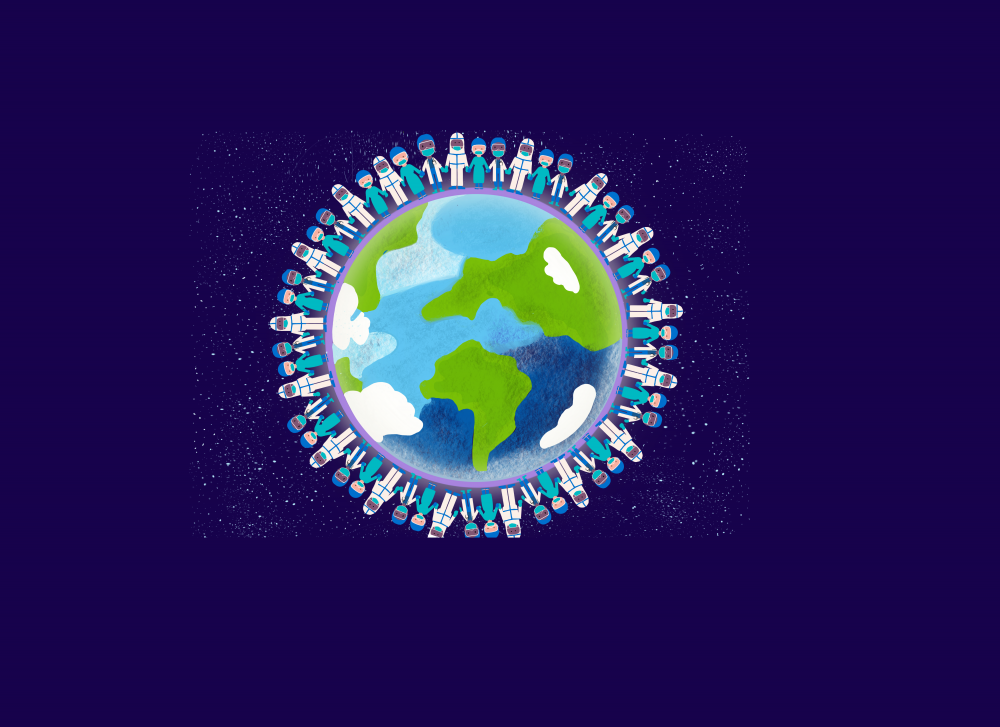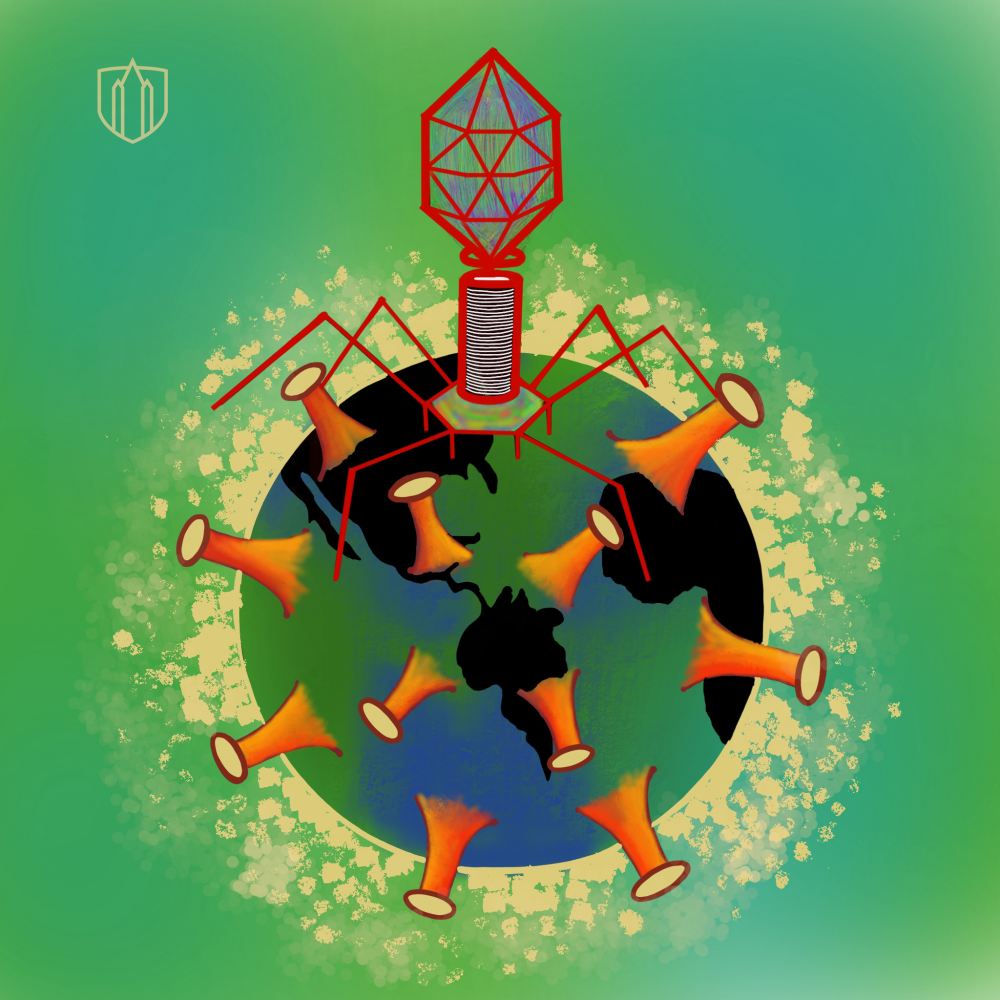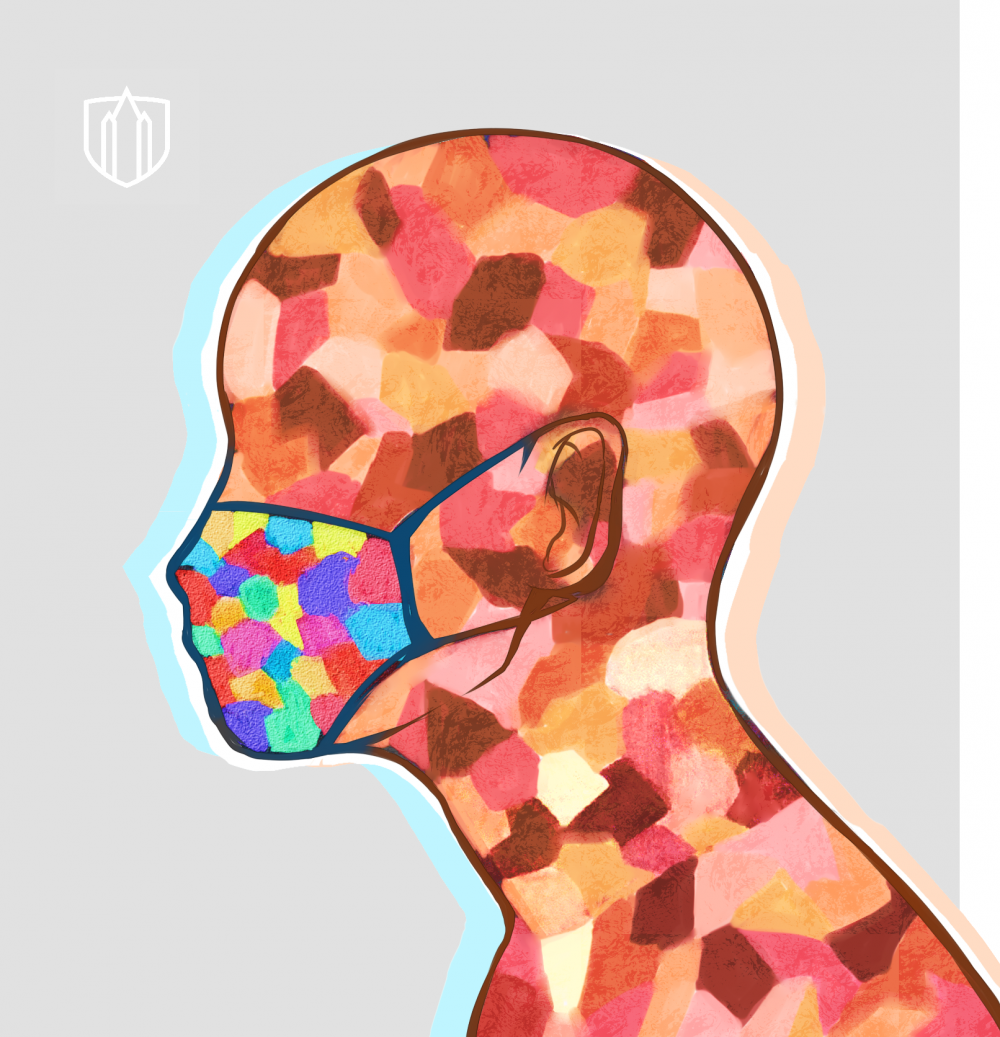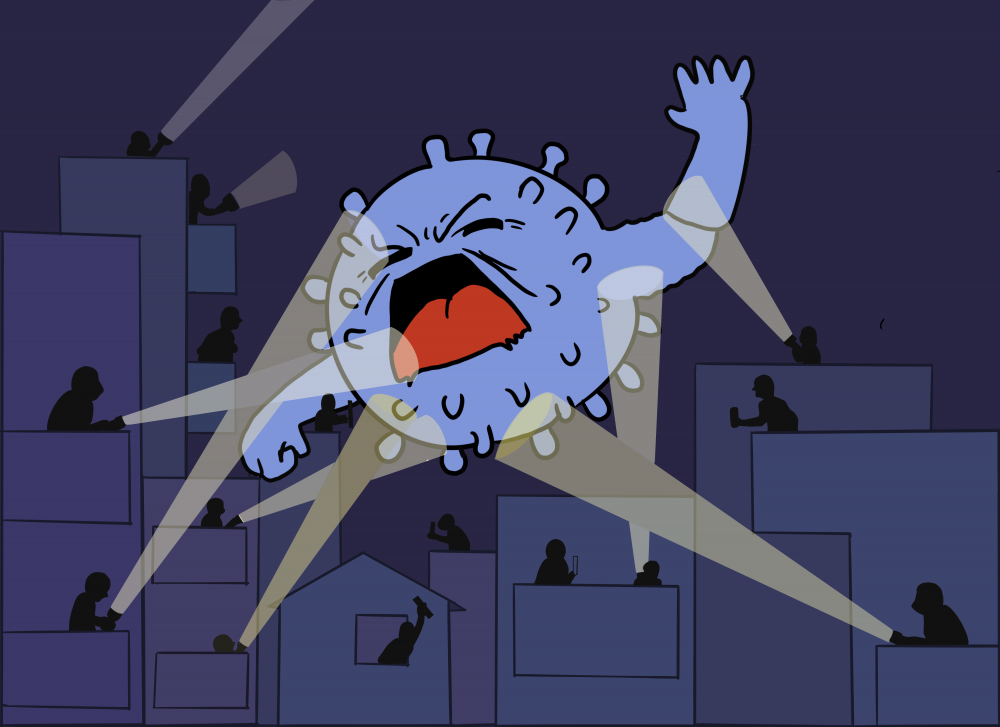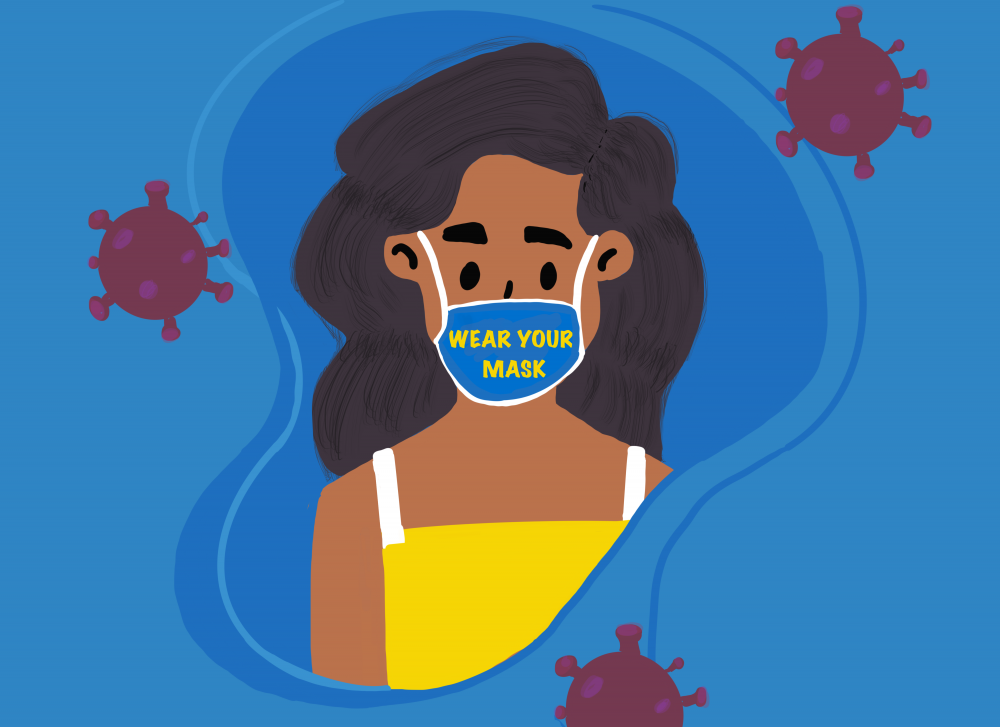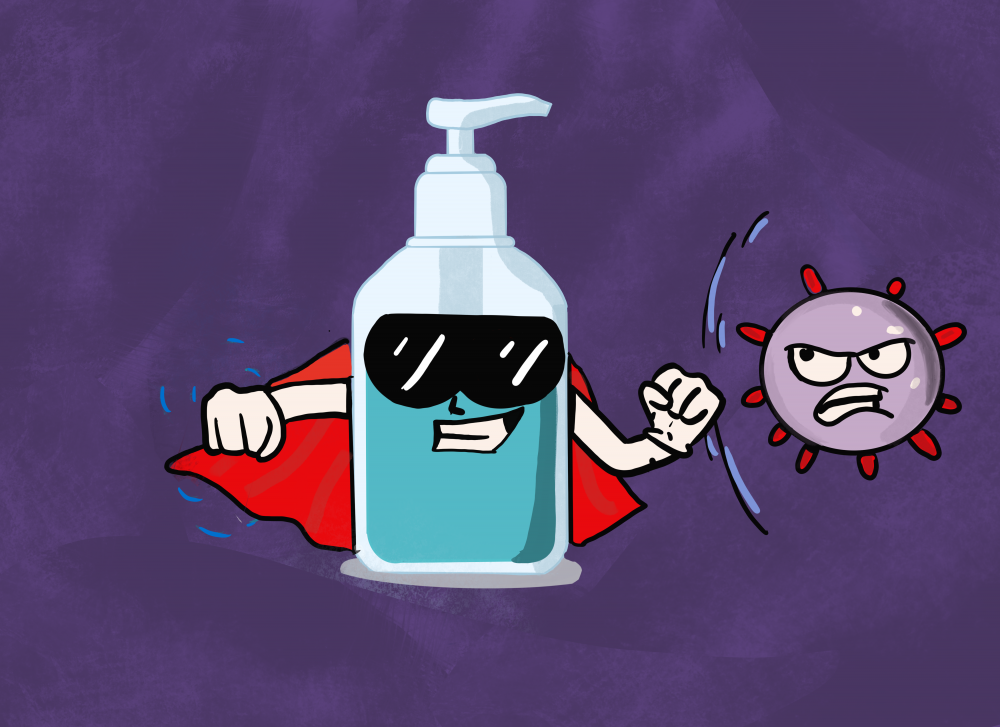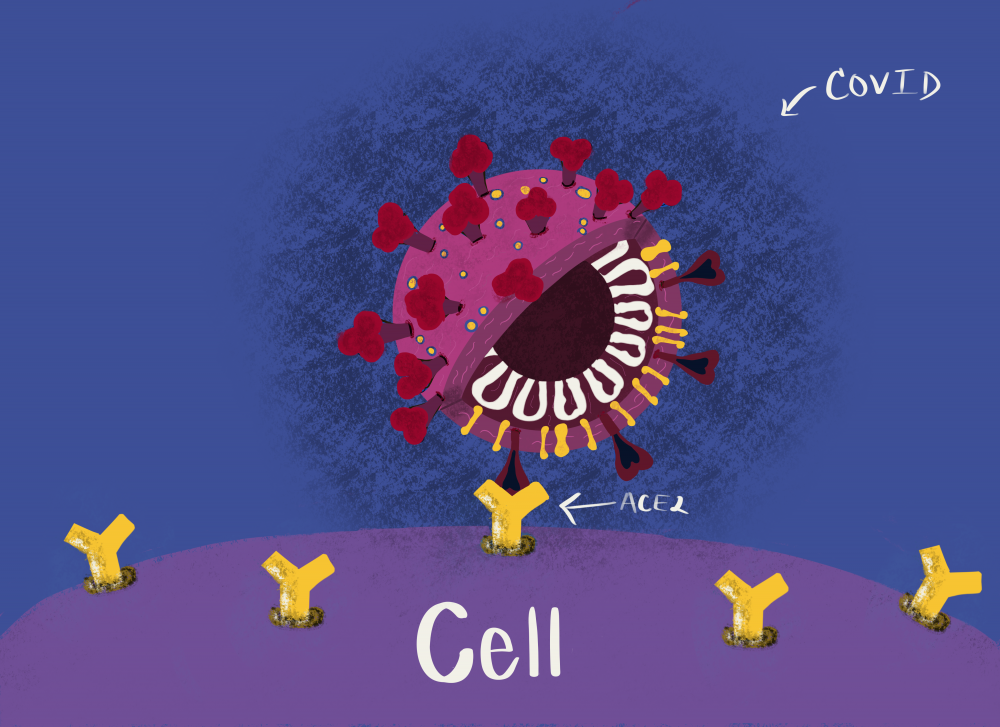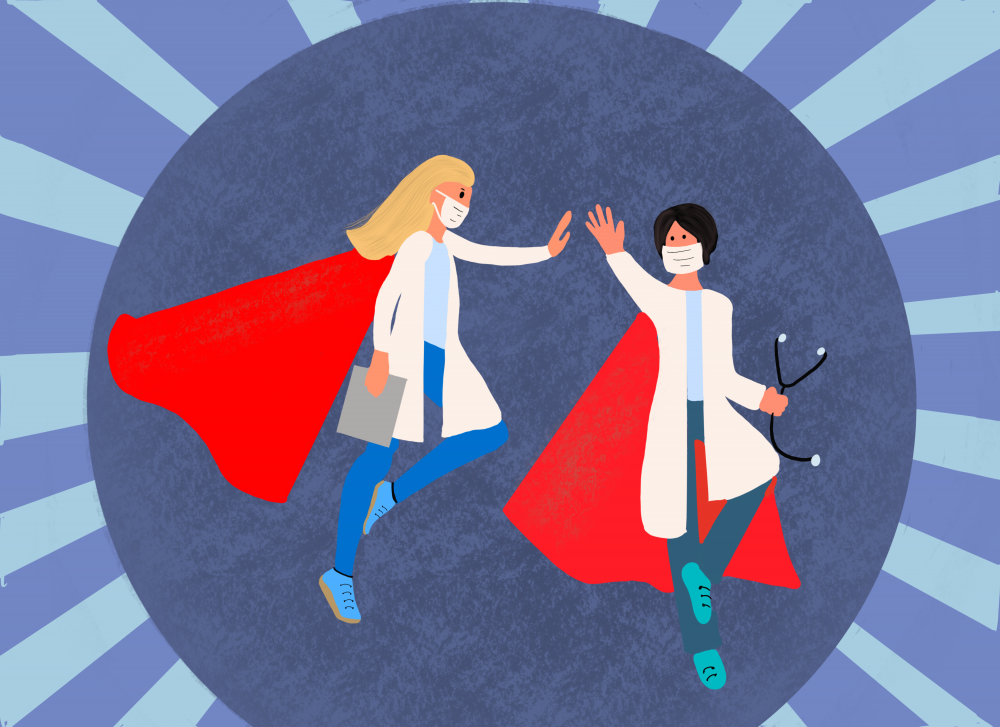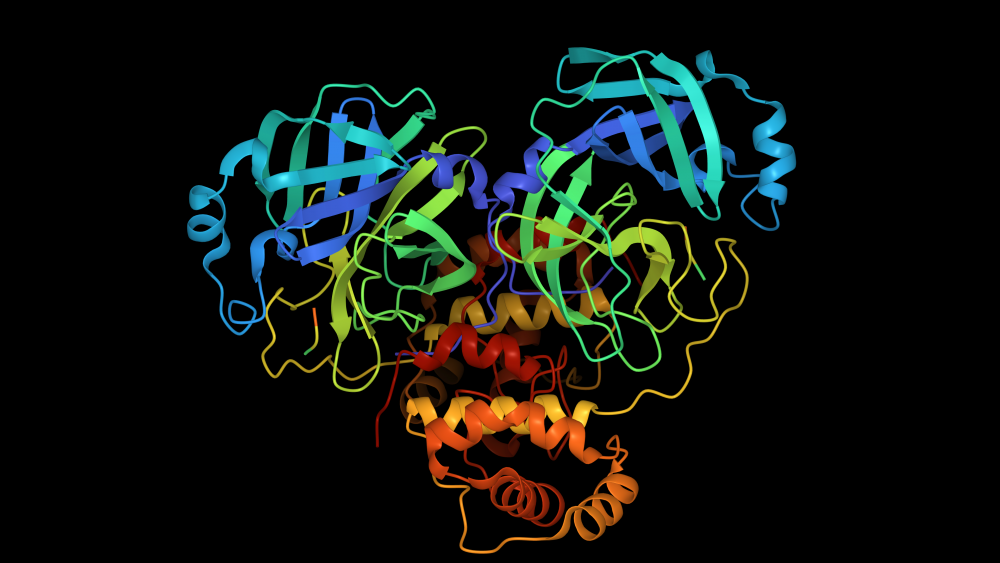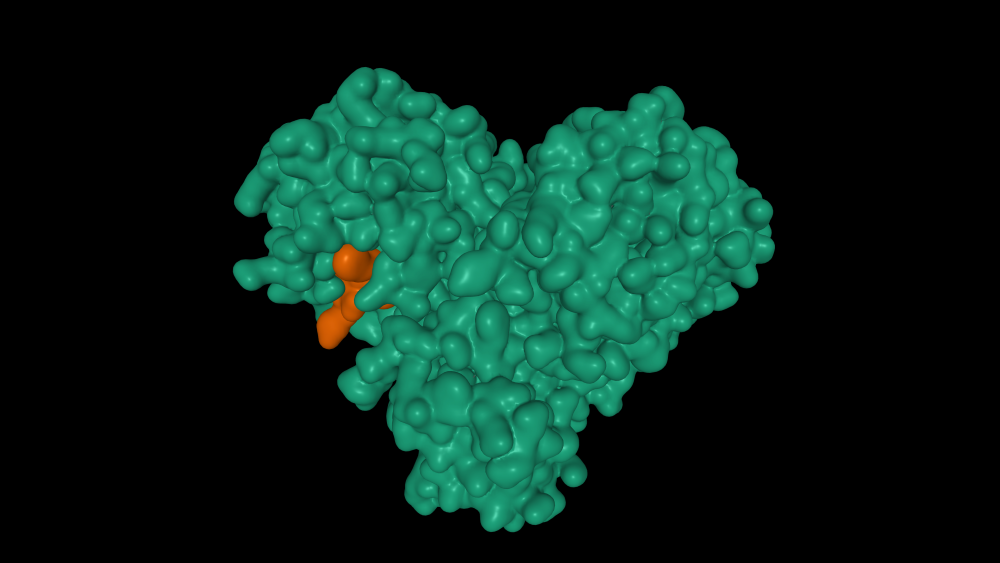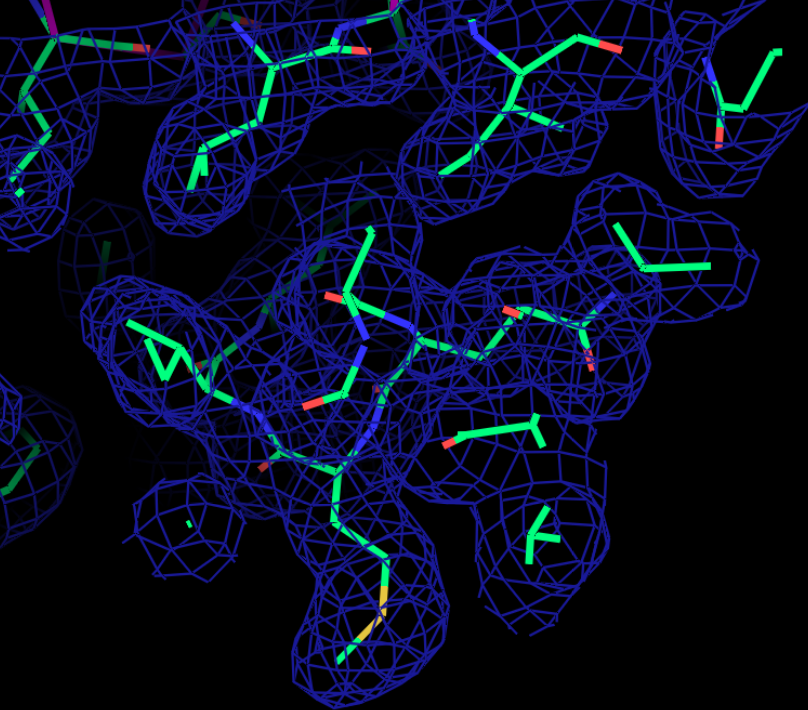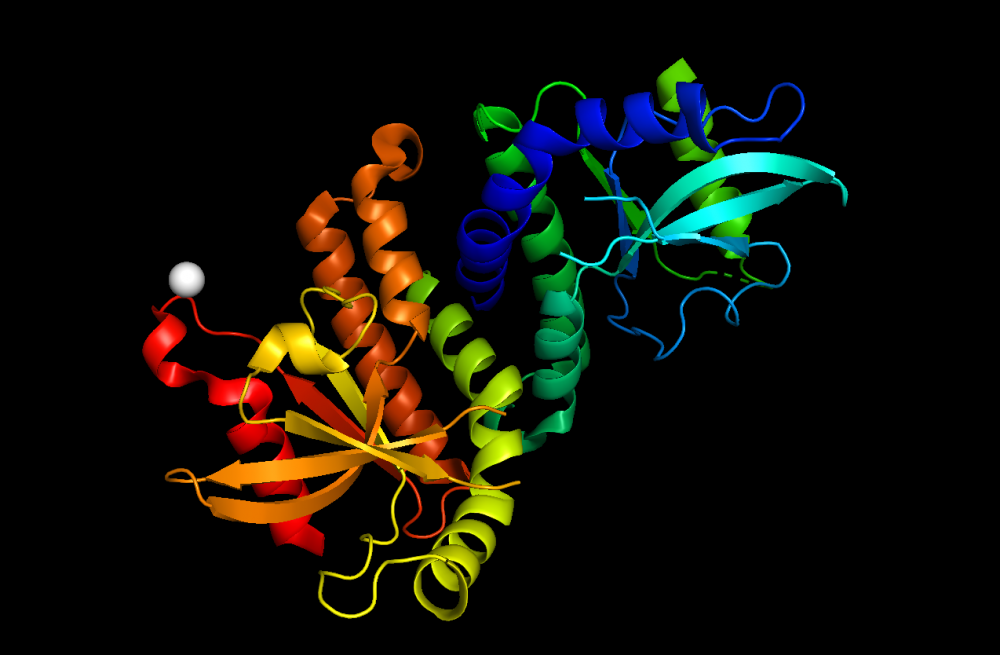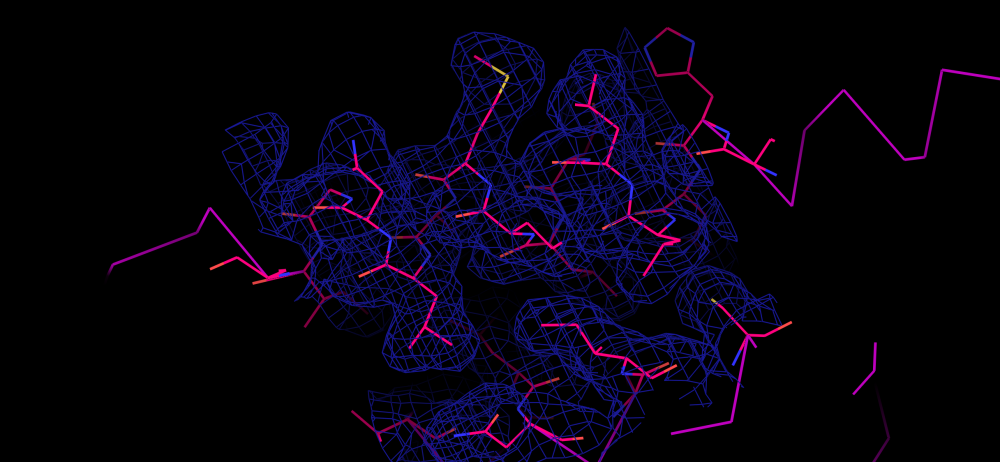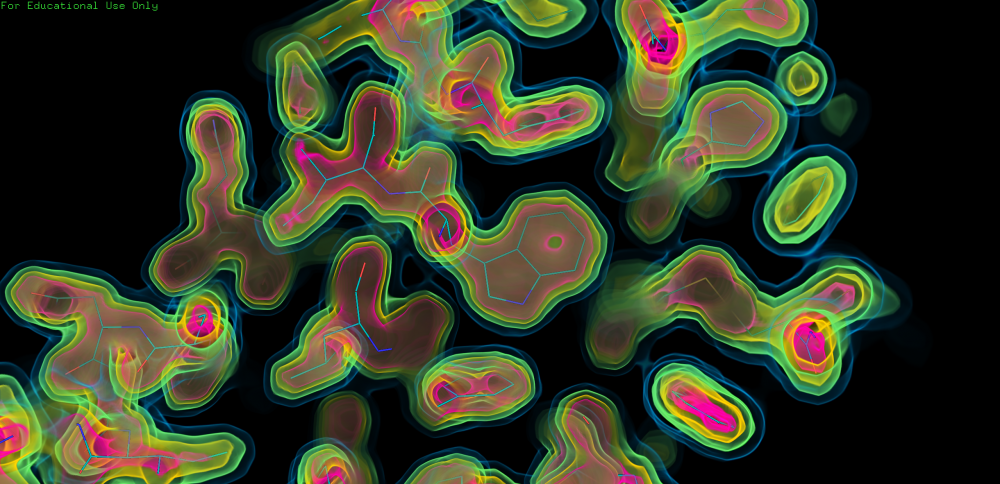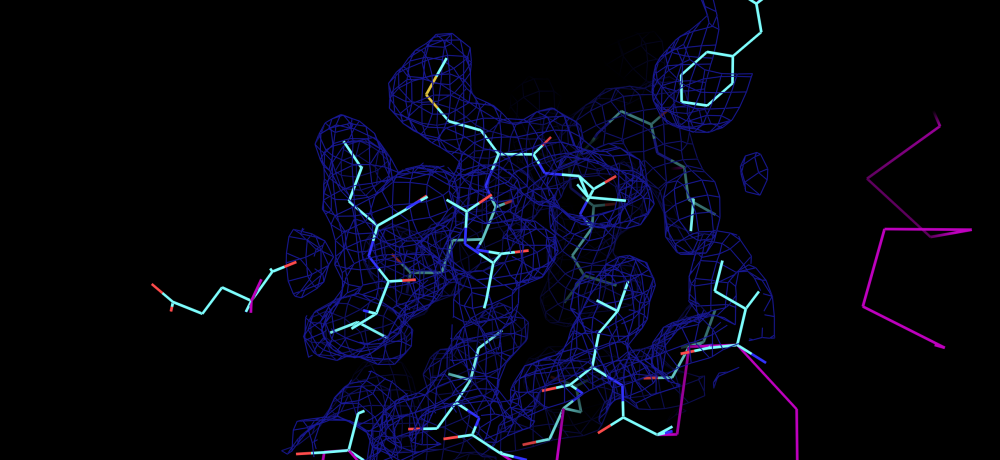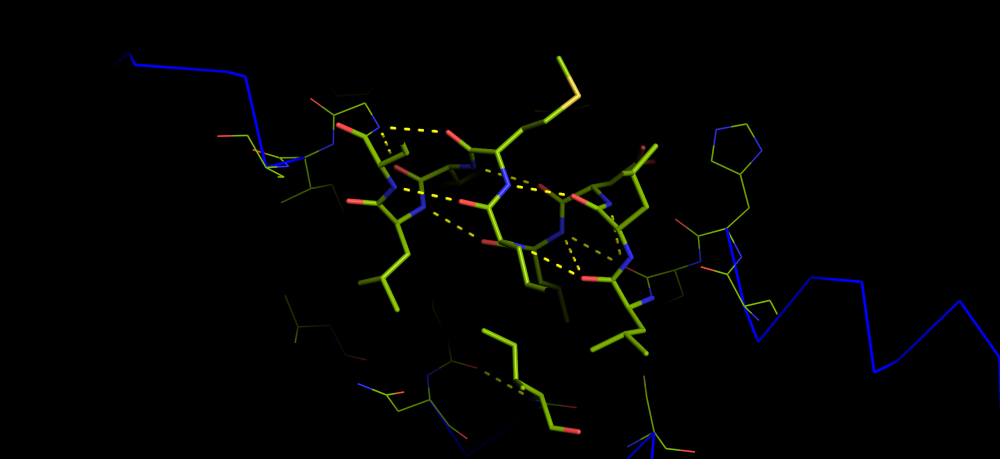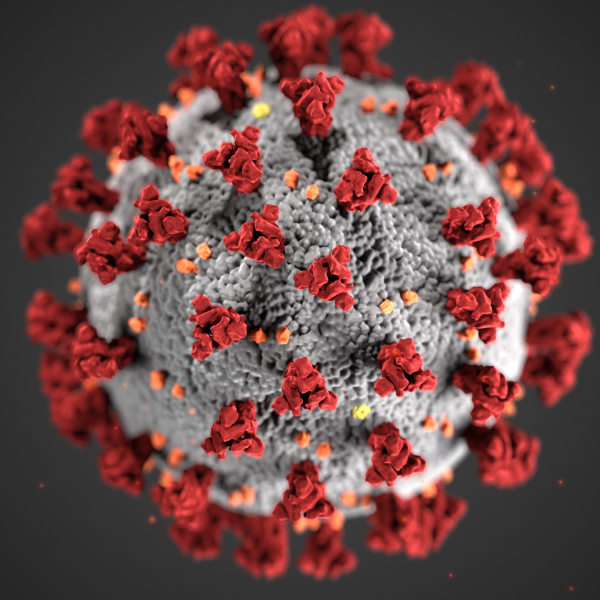News
COVID Creativity and Communication
March 23, 2021
March 23, 2021
In fall 2020, while Associate Professor of Biology Martín Gonzalez was teaching Fundamentals of Immunology and Professor of Chemistry and Biochemistry and Garey Endowed Chair in Chemistry Maha Zewail-Foote was teaching her Advanced Lab in Biochemistry, the two faculty members and their students decided to confront the COVID-19 pandemic by creating an opportunity to explore science, creativity, and community engagement. Originally stemming from an online project Zewail-Foote designed for one of her spring courses called Making a Difference, the student groups in each course were allowed to research and develop any projects they wanted as long as they related to each class’s subject matter. What began as a fun competition between the two courses developed into a cross-class partnership in which the students all worked together to create multiple projects that would combine their widely varied skill sets to benefit their fellow students and educate those beyond the university. “We wanted to collaborate on a subject to serve the community,” Zewail-Foote says, “by bringing in SARS-CoV-2 and seeing what we could do creatively to support the SU Emergency Fund.” Through the fund, Pirates can request financial assistance with unexpected expenses, such as food, housing, medical care, travel, and technology.
Those collaborative projects included numerous designs for products featuring illustrations depicting good handwashing habits, the importance of wearing masks, the heroism of healthcare workers, and the global impacts of the pandemic. The goal, the biochemistry students write, is “to keep our students and community safe, as well as to inform the world of common misconceptions regarding the virus.” The students hope to sell their coasters, playing cards, and infographics, with proceeds benefiting the SU Emergency Fund. Other projects illustrated how SARS-CoV-2 attaches to cells through receptors and the virus’s 3-D protein structures. Still others rendered 3-D models of the virus from the Centers of Disease Control and Prevention as a stationery stand for pens and pencils—an aesthetic representation, Zewail-Foote explains, of “what viruses and proteins look like in 3-D space,” which is important to understand because “it’s the biological structure that dictates the function,” which in turn allows scientists to develop and evaluate the “therapeutics used to treat COVID-19.”
To raise awareness about the science behind the pandemic, the immunology students collaborated on a zine titled The Colors of the Pandemic: Understanding COVID-19 through SciArt. The “SciArt” of the title, the authors explain, “is where science and art converge. Both disciplines are rooted in inquiry, creation, and innovation. One application of SciArt involves educating the general public by showcasing the mysteries of the physical world in a way that a scientific article cannot achieve alone.” The objective of the booklet, which is dedicated to those who have lost their lives to COVID-19 and to the essential workers who have stayed on the frontlines throughout the pandemic, is to educate readers about topics such as the structure of the novel coronavirus and how vaccines work while also encouraging donations to the SU Emergency Fund. Intended for lay audiences, the zine authors use plain language and clearly wrought drawings to explain complex topics, and the range of contributions demonstrates the diverse interests and talents of the students in the two courses, from a crossword and word search to comics, coloring pages, and poetry. The students were careful to include a glossary of terms as well as footnoted citations of scholarly sources for those who might be interested in learning more about the science behind each activity. The students and professors hope that the zine will be of interest as an educational resource for K–12 schools and the general community.
“One application of SciArt involves educating the general public by showcasing the mysteries of the physical world in a way that a scientific article cannot achieve alone.”
Even though the projects technically ended before winter break, Lauren Muskara ’21, a biology and art double major, continues to put the final touches on the zine, and she and her former classmates plan to launch an Instagram component of the various projects this month. “Although our Immunology class with Dr. Gonzalez has come to an end, I am very dedicated to doing all I can to ensure this project is the best it can be!” she says.
“I’m amazed at the level of collaboration these students demonstrated,” Gonzalez remarks proudly. “I was teaching remotely, so we were in a situation where collaboration and conversation were a little more difficult, but this project really brought them together. You could feel the camaraderie and the appreciation for each other’s talents.”
Indeed, these imaginative yet research-informed projects evidence the Southwestern students’ scientific knowledge, artistic skills, and teamwork, and they will be presenting their work at SU’s Research and Creative Works Symposium next month. Through the blended approach of SciArt, they are demonstrating SU’s Paideia spirit of creative and critical thinking across the disciplines as well as fulfilling the university’s core purpose of enhancing global citizenship by educating the public in a time when it is most needed.
Zewail-Foote and Gonzalez would like to acknowledge their students individually for their work on these projects:
Advanced Biochemistry Lab students
Sean Calvert ’22, chemistry major
Amey Duarte ’22, biochemistry major and health studies minor
Natalie Gierat ’22, chemistry major and psychology minor
Marcello Gonzalez ’22, chemistry major and business minor
Rhoda Hijazi ’21, biochemistry major
Ashley Jennings ’21, biochemistry major
Lauren Lee ’22, chemistry major
Jared McCormack ’22, biochemistry major
Abigael Musyoka ’21, biochemistry major
Neha Momin ’22, biochemistry major
Kathreine Nguyen ’22, biochemistry major
Luis Ramirez ’21, biochemistry major
Immunology students
Elijah Ballesteros ’21, biochemistry major
Tim Bierwirth ’22, biology major
Rachel Brasher ’21, biochemistry major
Ellie Felts ’21, biology major
Ethan Iverson ’21, chemistry major
Lacee Mims ’21, biology major
Lauren Muskara ’21, biology and studio art major
Luis Ramirez ’21, biology major
Shelby Smith ’22, biology and anthropology major
This site is not currently accepting form submissions due to scheduled maintenance. Please try again later.
















